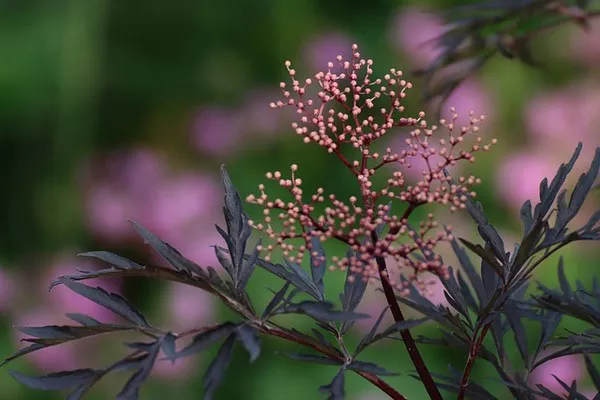Humanity faces the grim prospect of losing up to half of its future medicines due to the increasing threat of plant species extinction, caution scientists.
Over 100,000 flowering plant species, representing nearly half of the total, are currently under threat. Alarmingly, around 77% of plant species yet to be formally described by science also face the risk of extinction. In some disheartening cases, plant species are vanishing between their initial discovery and formal cataloging, a process that takes an average of 16 years.
The primary driver behind these extinctions is habitat loss, often linked to deforestation and the construction of dams that lead to the flooding of river areas upstream. Climate change, while looming as a significant threat, is more challenging to quantify.
Matilda Brown, a conservation analyst at the Royal Botanic Gardens, Kew, cautions that over 100,000 species are under threat, surpassing the total number of all vertebrate species combined. She emphasizes that “nine out of 10 of our medicines come from plants,” underscoring the potential loss of up to half of future medicines.
Many of the newly described species are vulnerable due to their habitat specificity, confined to a single region or residing in areas heavily impacted by human activity. Vast knowledge gaps persist in regions like the Amazon, India, China, tropical South-East Asia, and parts of the Middle East, where challenges such as conflict, rugged terrain, and limited funding hinder exploration.
The report, titled “State of the World’s Plants and Fungi,” is a collaborative effort involving more than 200 scientists from 102 institutions across 30 countries, contributing to the World Checklist of Vascular Plants, a comprehensive record of known plant species.
Rafeal Govaerts, who spent 35 years compiling this list, echoes Charles Darwin’s dream of documenting every plant species on Earth. The checklist needs ongoing updates due to approximately 2,500 new species described each year, excluding fungi—a considerably less understood part of the natural world. Mycologists estimate that there are approximately 2.5 million fungal species, with only 155,000 cataloged.
According to Alexandre Antonelli, a professor and director of science at Kew, humanity knows more about the surface of Mars than about Earth’s fungi. Researchers believe that DNA sequencing and molecular data analysis could accelerate the process of cataloging fungi.
Since the onset of the COVID-19 pandemic in 2020, scientists have described 10,200 new fungal species and over 8,600 plant species. Lockdowns provided them with more time to address the backlog of unclassified examples.
The hope is that this research will prompt policymakers to incorporate plants and fungi into decisions about areas to protect under the international goal of preserving 30% of the planet by 2030, emphasizing the importance of these organisms, which underpin all ecosystems essential to human life.


